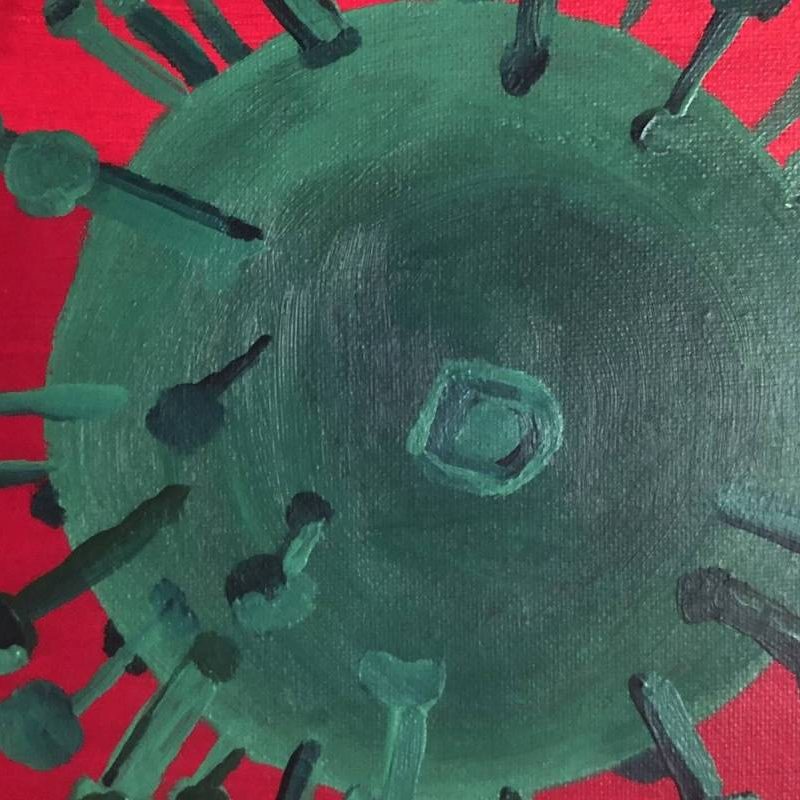Indigenous people & Pandemics
The influenza pandemics of 1918 and 2009, as well as the ongoing COVID-19, show that Indigenous people have extremely high risk of severe disease outcomes, but the reasons for this vulnerability are unclear. This week, the head of PANSOC, Svenn-Erik Mamelund, will hold a talk on Indigenous people & Pandemics for the “Indigenous Peoples and Development Branch, Division for Inclusive Social Development, Department of Economic and Social Affairs, at the United Nations in New York”

The influenza pandemic hit the native communities in Alaska hard. These children in an orphanage in Nushagak, Alaska, lost their parents. Summer of 1919. Source: Alaska Historical Library
In August 2022 to June 2023, Mamelund will also lead a CAS-project on this topic. You can read more here:
Social science meets biology: indigenous people and severe influenza outcomes – CAS
Why do Indigenous people have high risk of severe influenza? – CAS,
Announcing the CAS projects 2022/23: from influenza to peace-and-conflict, and algebra – CAS
